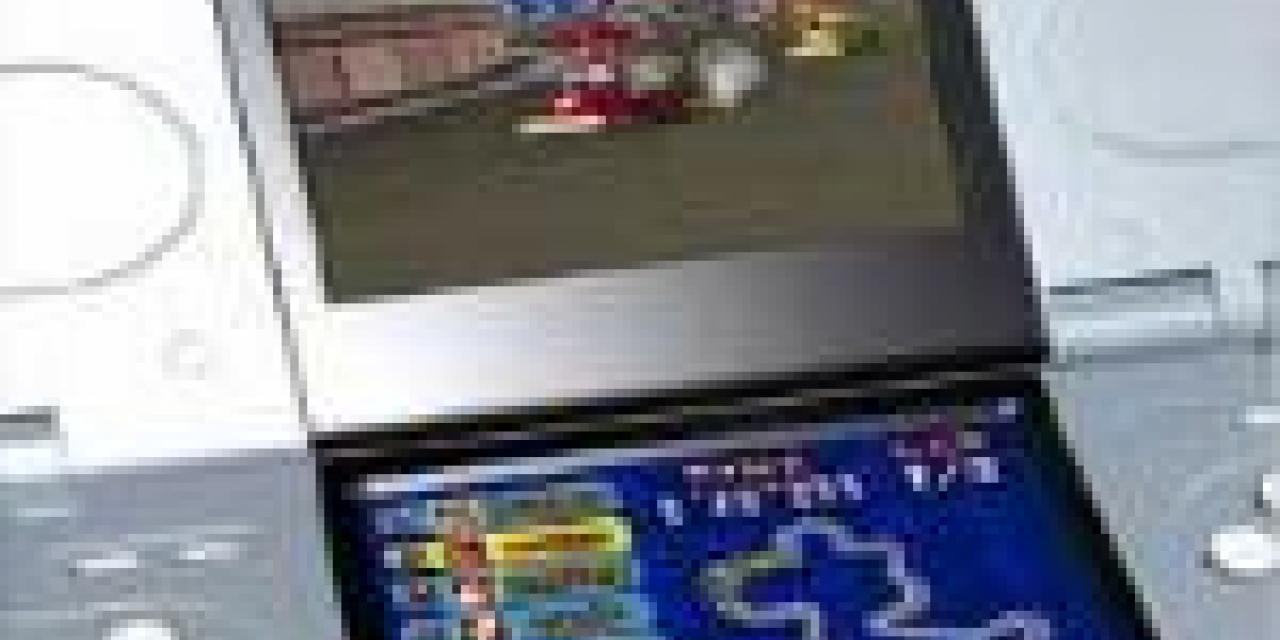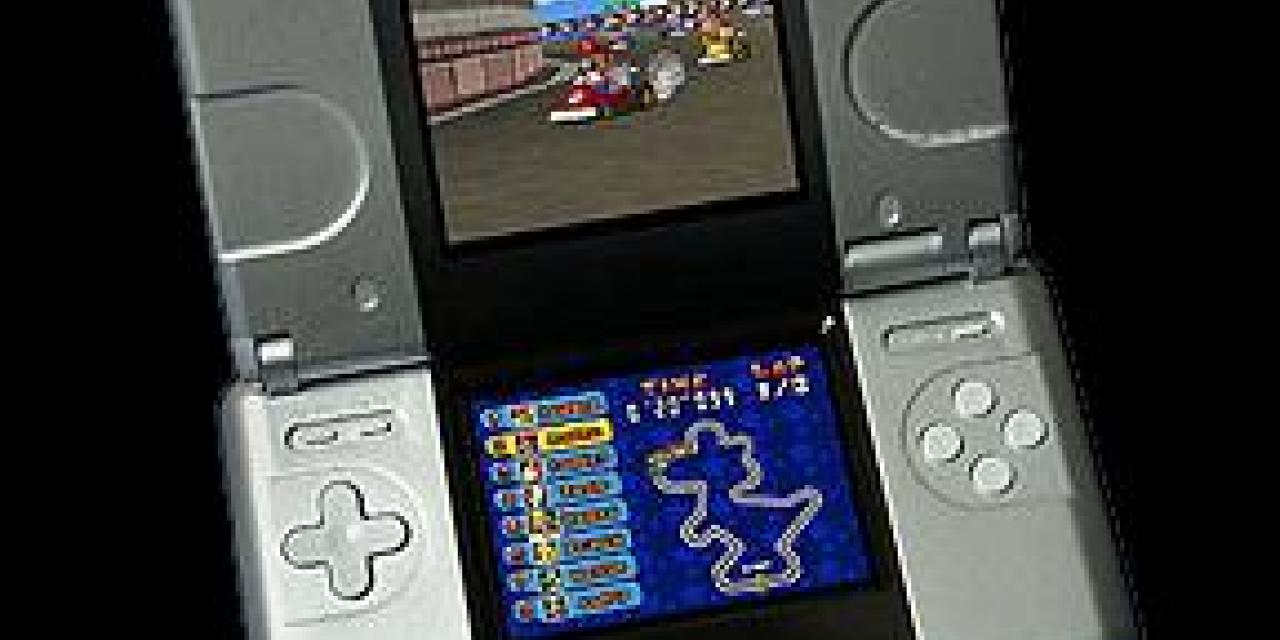


Nintendo has used its pre-E3 press conference to officially lift the lid on its much anticipated DS "Developers' System" handheld console. Up until today much speculation had been surrounding the device with opinions of it ranging from excitement to complete disgust. Nintendo DS remains on track to launch in Japan and North America before the end of the year, and in Europe during the first quarter of 2005.
For 15 years Nintendo's Game Boy line has dominated the hand-held video game market. It was about time the Japanese console giant introduced something different to the market and what better incentive could they have than the decision by arch-rivals, Sony to enter the handheld market with the PSP.
We will now try to sift through the E3 hype and to give you a point-by-point description of the Nintendo DS and its features trying to conceal the fact that having experienced the device we are also excited about its potential.
It has already been announced that the DS platform enjoys full developer support with over 100 companies already signed-on to produce content. So what features of the device are those that excited developers so much? What is it that drove Yoichi Haraguchi, vice president and executive officer of Namco to claim It is very nice that we can create games using DS that were not even possible before.
With its two screens, Nintendo DS instantly shows its innovative face. But capabilities like a touch-screen input, voice recognition and wireless communication offer developers the challenge of doing something really innovative with their games. Whether they succeed or not may decide the future of the handheld market. Follow the link below and to the right to read details of the handheld's features.
Double Trouble
The most obvious feature of the DS and what sets it apart from its, current, competition is the existence of two 256x192 screens, remember the GBA has one 240x160. Content creators will be able to program in 2D or 3D at up to 60fps for each of the screens and Nintendo promise a game quality equivalent to that of the Nintendo 64.
There will be a decent amount of freedom given to game developers on how they choose to use the two screens with some options being: spreading gameplay over both screens, using one screen as a zoom for parts of the other, and even using one screen for the game and one for chatting to other players.
The lower of the two screens will be the touch-sensitive and will respond to a stylus provided as well as the fingertips. The touch screen could make accessing items, moving characters or navigating menus as easy as a tap or drag on the screen
Included with the DS will be a picto-chat application which will provide a software keyboard for use with the stylus which will also be useful for sending handwritten messages and pictures. The chat software will also allow users to play a version of hangman against each other.
Layout
The DS will feature a classic Nintendo D-Pad to the top-left of the lower screen and four function buttons on the right. Above the D-Pad just under the hinge keeping the two screens together, will be two buttons which appear to be the Select and Start buttons with another similarly positioned button on the other side of the screen.
The game cartridges, which will be able to hold one gigabit of information, will fit in the lower half of the DS while another port will allow old GBA cartridges to be used. This latter option suggests that Nintendo may plan to replace the GBA with the DS, something which the company has vehemently denied so far.
HAL and the Wireless
Another potential innovation for the DS is the inclusion of a microphone. The company has made it clear that it expects developers to include voice recognition with some of the DS games.
DS will include two methods of wireless connectivity. One will be Bluetooth which will allow up to 16 players to join-in at a range of up to 100 feet with a Sleep/wake system making sure you don't miss a Bluetooth request.
The other wireless option will be that of wireless networking. Nintendo has not made clear which standard it will utilize for the DS but it is expected that either of the available, 11Mbps b and 54Mbps g, will be adequate for the demands placed on the device.
The Rest
Nintendo's DS will also include 16-channel sound and a rechargeable battery that will feature a low-energy-consumption design.
Nintendo is accustomed to being the first to introduce something to the gaming market and in many ways the DS is exactly the same. It is a device which definitely carries a lot less raw power under its hood than its competition, but DS does carry something which many console manufacturers hope for, promise.
Although neither Sony nor Nintendo will accept it the DS will, to some extent, compete with the PSP. While for the PSP we know exactly what to expect, PS 2-looking games, if not straight from PS2 ports, the DS has us all wondering.
One point of contention for some seems to be that although the potential is there for the DS, this time Nintendo seems to have placed a lot of faith on developers and doing so is always a risk. We have to remember that this is a business and sometimes business interests can get in the way of promise.
Nonetheless the stage is set for another classic Nintendo, Sony hardware war and we will definitely enjoy it.
